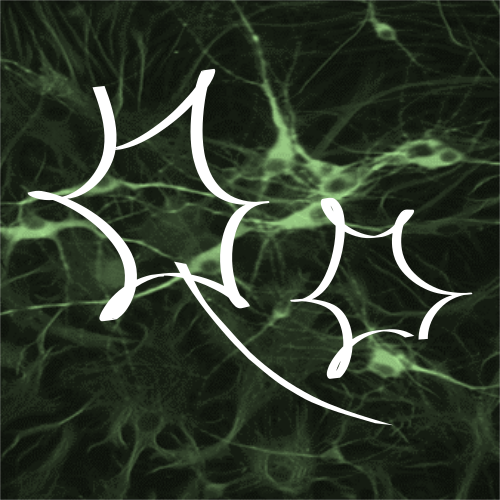The Theory

The Theory
We know that injury or disease of the nervous system causes neuroinflammation. Microglia cells and astrocytes form inflammatory substances intended to protect nerve cells from damage, but these substances can also cause harm. Some inflammatory substances, such as cytokines TNF-alpha (Tumor Necrosis Factor-alpha) and IL1-beta (Interleukin 1-beta), attenuate signaling between brain cells. This can be beneficial in the acute phase of disease or trauma when energy is needed to repair the nervous system. However, if these substances remain after the injury, they may reduce the efficiency of nerve cell communication. For example, these cytokines have been shown to reduce the ability of astrocytes to handle glutamate released from nerve cells.
Our research group theorizes that the combination of reduced glutamate handling by astrocytes, more unspecific signaling of larger cell networks, reduced energy supply, less newly made glutamate, and swelling of astrocytes leads to a “locked” state at the cellular level. This cell-locked situation may explain the complete fatigue experienced by individuals with brain fatigue when they overexert themselves. It takes a long time to recover from this chemical imbalance, explaining the prolonged recovery time.
According to our hypothesis, this imbalance affects systems related to attention, concentration, emotions, and physical effects. Dopamine is a major signaling agent here. Emotional instability is also observed, likely due to decreased and more unspecific signaling in systems involving serotonin. Thus, there is more noise in the signaling between nerve cells.
In the case of neuroinflammation, the astrocytes’ fiber networks inside the cells are affected, disturbing signaling between astrocytes. As a result, communication between neural cell networks and astrocyte networks is impaired.